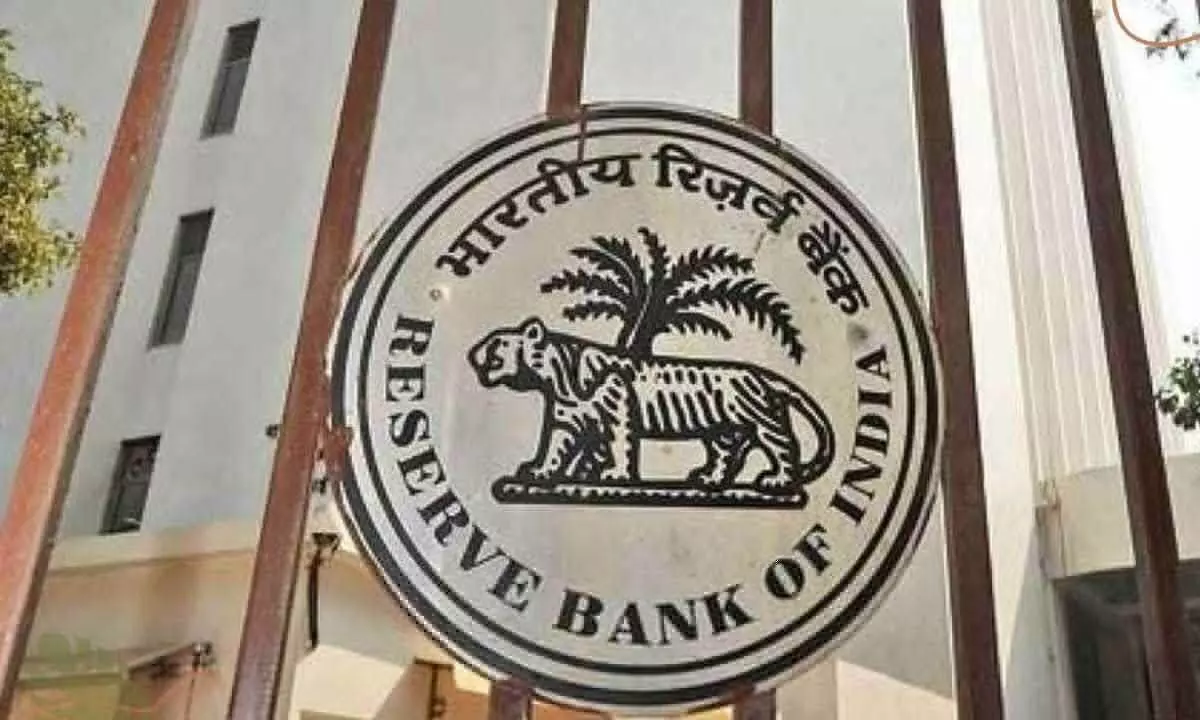Is the RBI policy rate hike nearing the peak?
It appears that enough is enough and the RBI may now take a break from its frequent rake hike spree. Monetary policy committee’s (MPC) 50 basis points rate hike was aligned with the global monetary tightening.
image for illustrative purpose

It appears that enough is enough and the RBI may now take a break from its frequent rake hike spree. Monetary policy committee's (MPC) 50 basis points rate hike was aligned with the global monetary tightening.
Still the matter of concern for the Indian economy right now is the widening CAD – which has reached $24 billion, weakening Rupee, CPI higher than comfort zone and tight liquidity conditions.
Based on an assessment of the macroeconomic situation and its outlook, the MPC decided has by a majority of five members out of six to increase the policy repo rate by 50 basis points to 5.9 per cent, with immediate effect. Consequently, the standing deposit facility (SDF) rate stands adjusted to 5.65 per cent; and the marginal standing facility (MSF) rate and the Bank Rate to 6.15 per cent. The MPC also decided to remain focused on withdrawal of accommodation stance to ensure that inflation remains within the target going forward, while supporting growth.
Explaining the MPC's rationale for its decisions on the policy rate and the stance, the RBI governor, Shaktikanta Das said that the global economic outlook continues to be bleak. Financial conditions are tightening and recession fears are mounting. Inflation continues to persist at alarmingly high levels across jurisdictions.
In fact, Kotak Bank expects repo rate hike of 35 bps in the December policy to 6.25 per cent, before it takes a pause. Through the next couple of policies, the RBI will assess any further upward surprise in rate hike trajectory from the Federal Open Market Committee (FOMC), inflation trajectory which is expected to revert back to below 6 per cent, impact of past monetary tightening on the growth-inflation dynamics and above all, geopolitical risks.
The RBI MPC expects real GDP growth at 6.3 per cent in Q2, 4.6 per cent in Q4. Real GDP growth in Q1 is projected at 7.2 per cent.
Besides, the RBI expects average headline CPI inflation at 6.7 per cent in FY23. Similarly, the MPC projects average headline CPI inflation at 7.1 per cent in Q2, 6.5 per cent in Q3, and 5.8 per cent in Q4. Headline CPI inflation in Q1 is projected at 5 per cent.
Whatever be the case, global environment, economic activity in India remains stable. While real GDP growth in Q1 turned out to be lower than RBI's expectations, the late recovery in Kharif sowing, the comfortable reservoir levels, improvement in capacity utilisation, buoyant bank credit expansion and government's continued thrust on capital expenditure are expected to support aggregate demand and output in H2. For starters, it all shows silver lining on the face of cloud of uncertainties.
On the brighter side, RBI has reassured that they are watching the liquidity situation closely which should augur well for the GDP and overall credit growth in the economy. So, let us hope that rate remains stable for some time in future.

